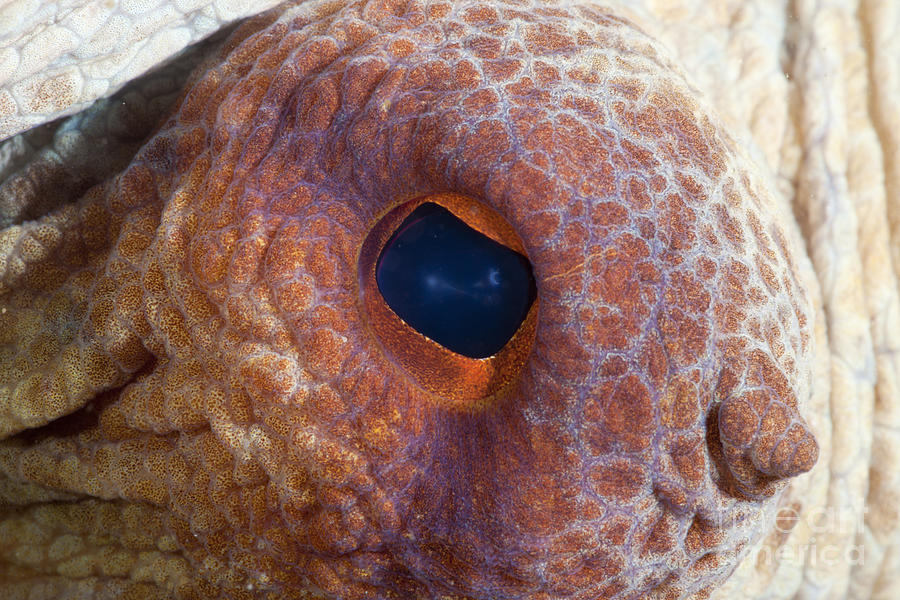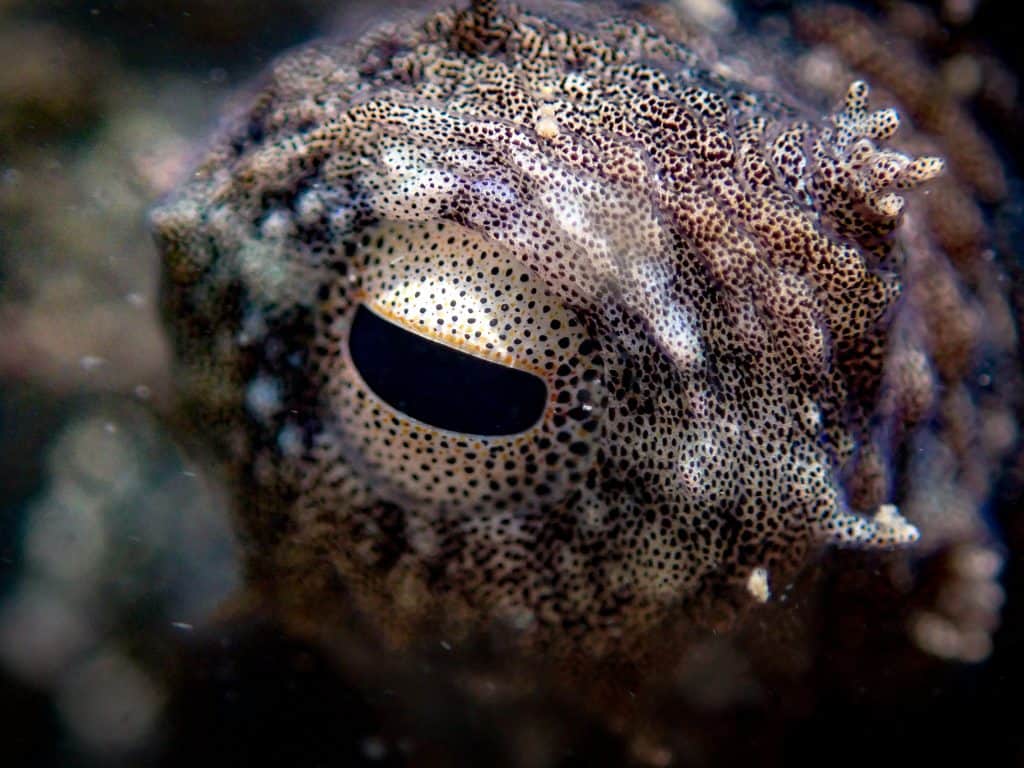
This is due to the respiratory pigment of the octopuses being based on a copper atom the respiratory pigment of a human is based on an iron atom, which makes our blood red.īlue-ringed octopuses belong to the Phylum Mollusca (the molluscs) which includes snails, slugs and bivalves. Another distinctive feature of the octopuses is the colour of their blood: transparent blue. The funnel can also shoot out ink in some blue-ringed octopuses, which comes from a gland located in the liver.Īlthough molluscs in general are known for their shells, in the octopuses this shell has been greatly reduced through evolution, and now exists only as two small rods. The propulsion of water from this funnel allows the octopus to move rapidly in escape. The mantle is not responsible for disposing of the seawater from the body however, rather the water is ejected through a funnel, which can be aimed in different directions. Seawater enters the octopus through this cavity, due to the pumping action of the mantle, a muscular bag-like structure within which is stored the organs of the octopus. These gills in turn are suspended in a cavity under the body. Octopuses have three hearts, with a central heart and one over each gill. They have two very well-developed eyes that are similar to those possessed by vertebrates. The brain of an octopus is shaped like a donut, and is centred around their oesophagus. These arms have rows of broad, muscular suckers. They, along with all other octopuses, have eight arms which are attached around their mouth. This change in colour is due to pigment cells known as chromatophores. The group is named for the iridescent blue markings that dot their bodies however these are usually only seen when the octopus feels threatened and is about to attack.


Size differs between species, but they range from four to six centimetres long, with arms reaching lengths of seven to 10 centimetres. These markings are certainly very beautiful and striking to look at, however they are only displayed when the octopus is about to dispense its deadly poison, so stick to looking at them in photographs!

The name ‘blue-ringed octopus' does not actually refer to a single species, but rather a genus of species, all with the circular, iridescent blue markings for which they are named.


 0 kommentar(er)
0 kommentar(er)
